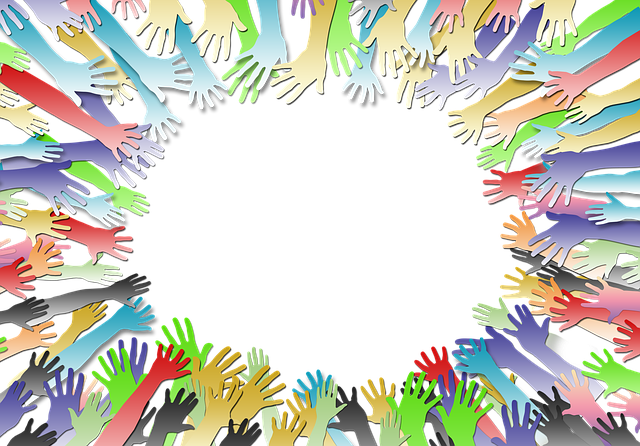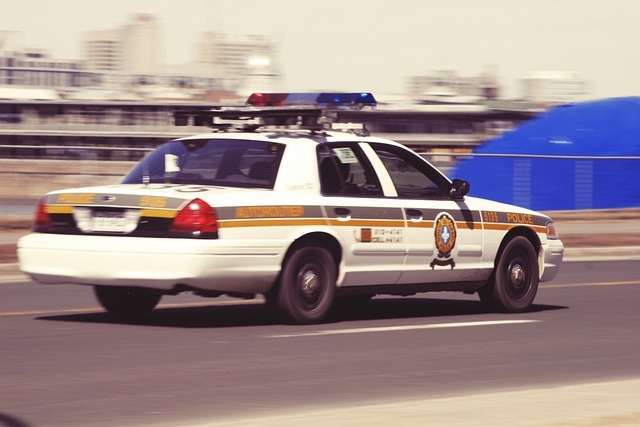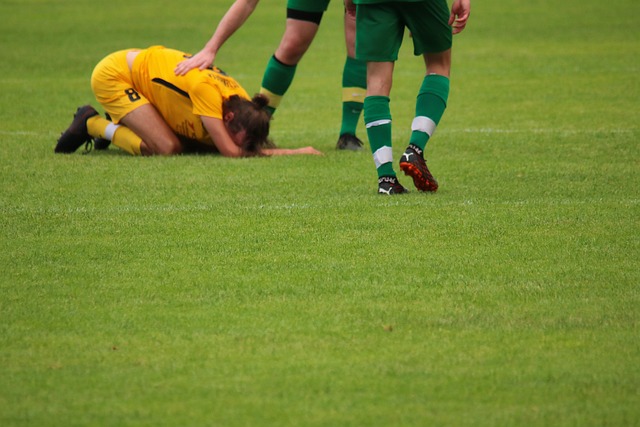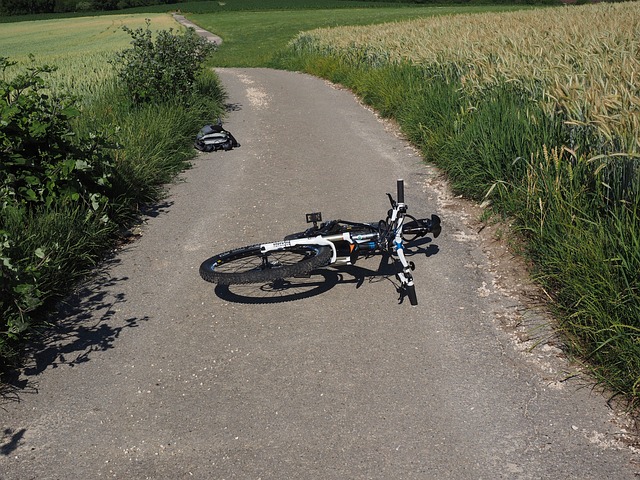Navigating liability in icy sidewalk falls varies by region, with property owners and local governments subject to distinct legal obligations and protections. Property owners are generally held accountable if they know of ice but fail to take preventive measures, while local governments may avoid liability if they act promptly after being notified, per regional laws. Adhering to regulations regarding snow and ice removal, de-icing techniques, and signage is crucial for fairness and safety, with potential legal repercussions for non-compliance. In case of accidents, pedestrians may seek compensation for medical expenses and damages through personal injury attorneys specializing in icy sidewalk fall cases.
“In regions with harsh winters, icy sidewalks pose significant safety risks for pedestrians. This article delves into the intricate web of icy sidewalk fall liability, exploring who’s responsible and how government regulations protect citizens. We’ll dissect the legal framework governing these incidents, highlighting the rights and obligations of both pedestrians and property owners. Understanding these dynamics is crucial for navigating the complexities of winter-related slips and falls.”
- Understanding Icy Sidewalk Fall Liability: Who's Responsible?
- Legal Framework and Government Regulations
- Protecting Pedestrians: Rights and Obligations of Property Owners
Understanding Icy Sidewalk Fall Liability: Who's Responsible?
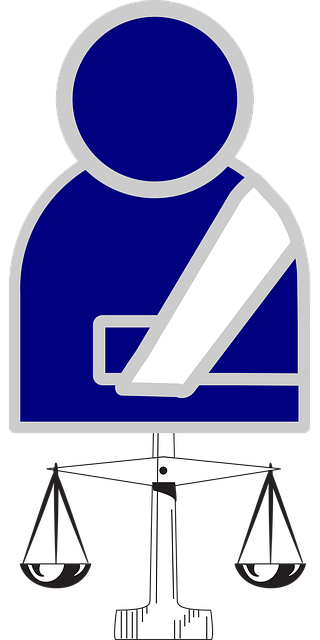
When it comes to icy sidewalk falls, understanding liability is crucial for both property owners and pedestrians. In many jurisdictions, the responsibility for maintaining safe public walkways lies with local governments or property owners, depending on the specific circumstances. If a pedestrian slips and falls on an icy sidewalk, determining who’s liable depends on several factors.
For instance, if a property owner knows or should reasonably know about the ice but fails to take action to mitigate the hazard, they could be held accountable for any resulting personal injury claims or even property damage claims. Conversely, if the local government has been notified of the icy condition and hasn’t had adequate time to address it, they may not be considered liable for truck accident injuries (though this can vary by region). Navigating these complexities is essential to ensure fairness and justice for all parties involved in an icy sidewalk fall incident.
Legal Framework and Government Regulations
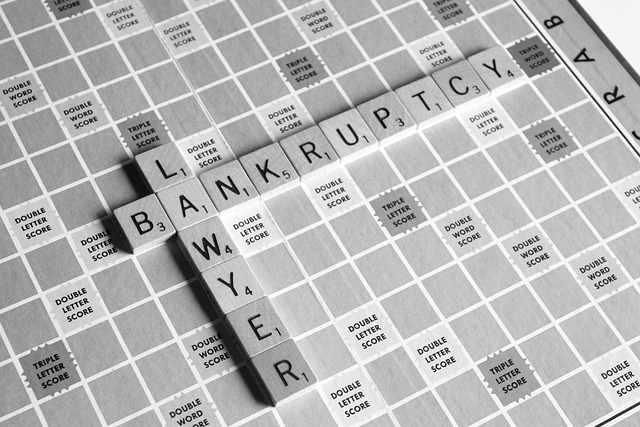
In many jurisdictions, the legal framework regarding icy sidewalk fall liability is clearly defined to protect both property owners and individuals who may slip and fall. This framework is typically governed by a combination of state laws, municipal ordinances, and common law principles. The primary focus is on establishing clear responsibilities for maintaining safe public spaces, particularly during winter months when ice and snow are prevalent. Property owners, including businesses and municipalities, have a legal obligation to take reasonable steps to prevent hazardous conditions that could lead to icy sidewalk falls.
Government regulations often mandate specific measures such as timely removal of ice and snow, proper de-icing techniques, and clear signage warning pedestrians of potential hazards. Failure to comply with these rules can result in product liability claims if defective de-icing products are used, or contract disputes arising from agreements between property owners and contractors responsible for maintenance. In cases where negligence is established, real estate litigation may ensue, underscoring the importance of adhering to legal requirements aimed at ensuring public safety, especially during icy conditions that can significantly impact pedestrian safety and lead to severe injuries.
Protecting Pedestrians: Rights and Obligations of Property Owners

Property owners have a legal responsibility to ensure their premises are safe for visitors, including pedestrians on sidewalks. This is particularly crucial during winter months when icy conditions can pose significant hazards. In many jurisdictions, there are specific laws and regulations in place to protect pedestrians from slip-and-fall accidents caused by icy sidewalks.
These rules often establish a standard of care that property owners must adhere to, which includes regular maintenance and clearing of snow and ice. Failure to meet this standard can result in legal consequences for the owner. Pedestrians who suffer injuries due to an icy sidewalk may have rights and remedies available to them, including potential compensation for medical expenses and other damages. An auto accident attorney specializing in personal injury cases can guide victims through these complex legal matters, especially when there are issues of fiduciary duty breaches or even caregiver abuse related to the property’s maintenance.
In conclusion, navigating icy sidewalk fall liability involves a complex interplay of legal frameworks and government regulations. Understanding who’s responsible is crucial for both pedestrians and property owners alike. By recognizing their rights and obligations, individuals can better protect themselves and foster safer public spaces. Governments play a vital role in ensuring these rules are enforced, ultimately aiming to prevent accidents and promote pedestrian safety during cold weather.
